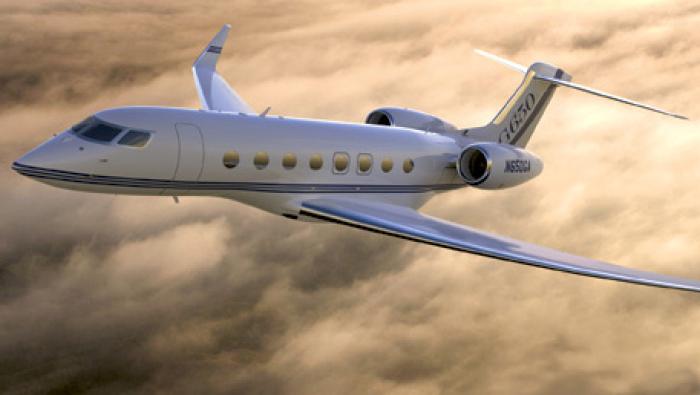The first production upgrade of a C-130H Hercules under the long-running Avionics Modernization Program (AMP) was delivered to Little Rock AFB on January 3. Warner Robins Air Logistics Center modified this aircraft, which is the fourth to be delivered to the C-130 training base; Boeing modified the first three C-130 AMPs in San Antonio under a 2001 design and development contract. A second low-rate initial production (LRIP) aircraft is scheduled for delivery from Warner Robins in February, rounding out a fleet of five C-130s that will participate in initial operational testing and evaluation (IOT&E) at Little Rock.
However, a Boeing spokeswoman told AIN that the Air Force has delayed IOT&E, originally scheduled to begin January 17. Also delayed is the introduction into the program of a sixth aircraft, which will be the third of the LRIP phase. The Air Force has explained that more information will be available after submission of the Fiscal Year 2013 defense budget in early February. The AMP program has been dogged by cost overruns and was almost cancelled in 2009. Under current plans, Boeing is scheduled to provide 26 LRIP kits to be installed by itself or Warner Robins. The Air Force is seeking to complete the work during full-rate production of 221 planned C-130H upgrades. The company expects to receive the contract award in 2014. Bloomberg news agency reported on January 12 that the Pentagon would cancel the program as part of the big budget cuts due starting in Fiscal Year 2013.
The AMP upgrade fits the Hercules with a digital “glass” cockpit with six multifunction displays, dual pilot head-up displays, communication and navigation control panels and night-vision imaging system compatibility. It serves to standardize the multiple C-130 cockpit configurations, brings the aircraft into compliance with air traffic management requirements and prepares it “for another 30 years of service,” according to Boeing.







